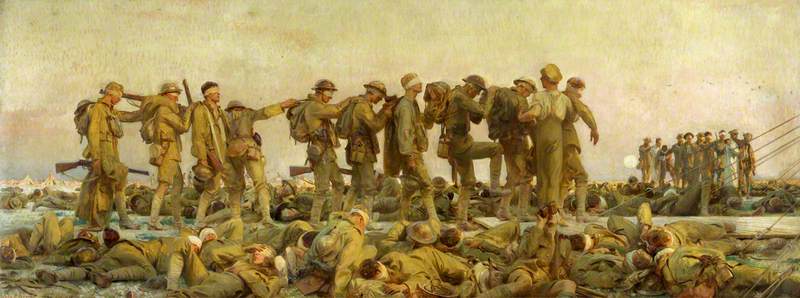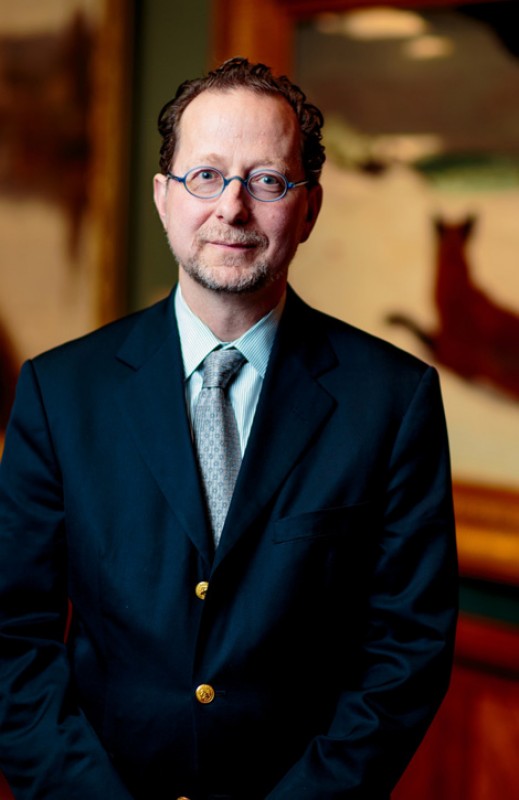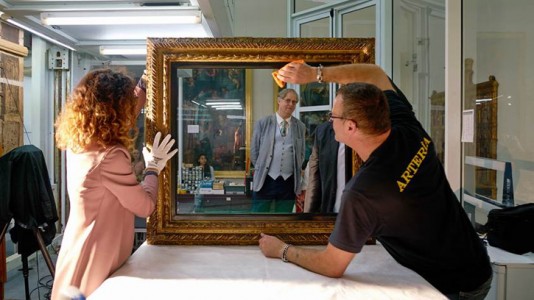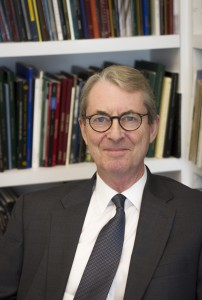The oldest art museum and art school in the United States, the Pennsylvania Academy of the Fine Arts (PAFA) is dedicated to training fine artists from around the world and collecting, exhibiting, and researching the history of American art. If we were to borrow one work of art from the vast treasures housed in British museums, what might we choose? Should we focus on the teaching mission of the School of Fine Arts and borrow one of the great antiquities in the British Museum, perhaps an original marble from the Parthenon to illuminate the historic plaster cast collection in PAFA’s grand teaching studios? Should we seek an Elizabethan portrait to trace the early roots of American art? Or perhaps a work by one of the many American artists from the eighteenth or nineteenth centuries who travelled to England to advance their training? Whatever we select, it should be a stunning masterpiece without regard for the practical considerations of packing, shipping, and expense.
Later this year PAFA will organise the most comprehensive exhibition and publish a scholarly volume of essays examining the relationship between World War I and American art, and consequently I would ask the Imperial War Museums to lend their monumental commentary on the human cost of war by John Singer Sargent, Gassed, 1919. Spanning over 20 feet wide and seven feet high, Sargent depicts a processional of soldiers who are blinded and gagging from a mustard gas attack. Far from the traditional heroic frieze of triumphant parading soldiers, Sargent’s epic painting captures the casualties of war, both the ambulatory men heading for medical care and a vast expanse of severely wounded ones stretched out on the ground in front and behind the standing soldiers. The battle continues in the air overhead, while in the distance, an encampment of tents is populated by men fighting the boredom of long stretches of inactivity by playing football, apparently oblivious or immune to the latest suffering. Through compression into one canvas of dead and dying, continuous warfare, and everyday life, Sargent creates a chilling account of the particular and the universal nature of war. When it was exhibited at the Royal Academy in London in 1919, Gassed was recognized as the greatest artistic achievement of the year, and it still impresses us today with the horrors of World War I and the larger implications of international conflict.
Might we dare to ask for Sargent’s great painting to mark the hundredth anniversary of World War I and to explore how artists contributed to the war, from recruiting men to enlist to documenting the war, challenging its assumptions, and celebrating the international coalition that prevailed? To our great delight, our generous colleagues at the Imperial War Museums have granted our wish. Gassed will indeed be the centerpiece of World War I and American Art and one of the highlights of the American national centenary recognition of this chapter in world history. It will be joined by other great works by the likes of Childe Hassam, Marsden Hartley, George Bellows, Georgia O’Keeffe, John Marin, Horace Pippin, and unknown but powerfully expressive artists such as Claggett Wilson. The exhibition will open at PAFA in November 2016 and travel to the New-York Historical Society and the Frist Center for the Visual Arts in Nashville, Tennessee throughout 2017 to 2018. We appreciate the extraordinary, collaborative spirit that made this important loan possible, just as the British and Americans worked together with our allies to achieve victory in 1918.
Dr David R. Brigham, President, CEO, and Acting Director of the Museum of the Pennsylvania Academy of the Fine Arts











